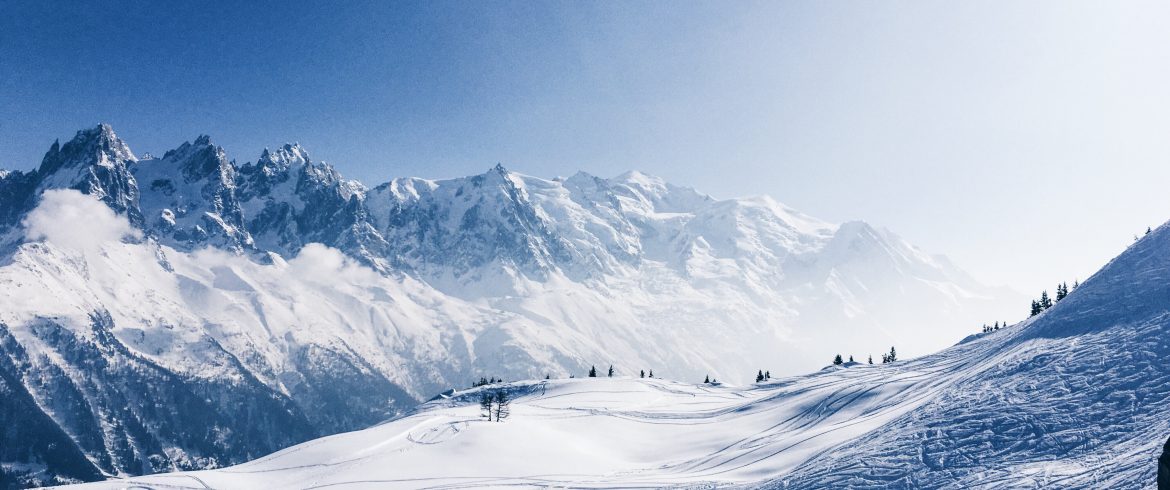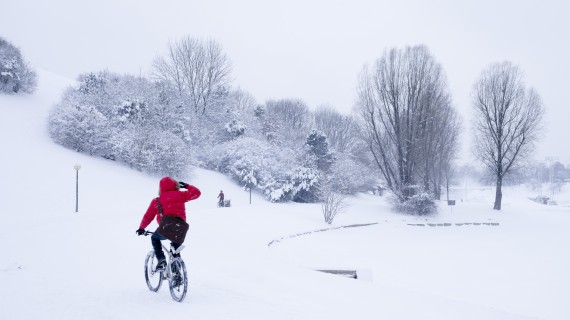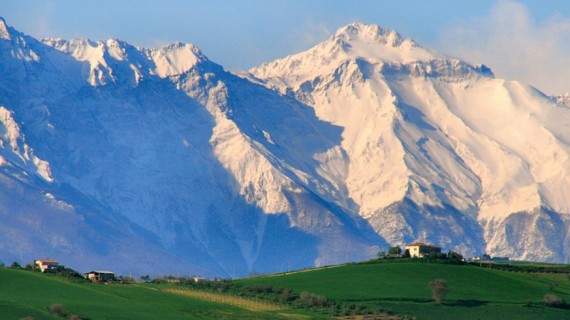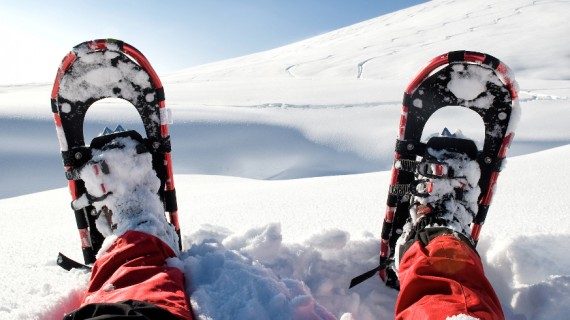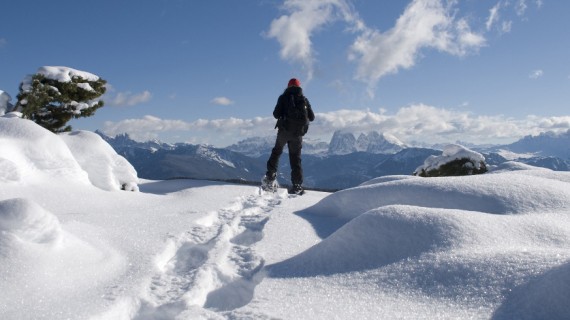Every year, winter sports attract many tourists in the ski resorts, and when there is a lack of natural snow, we move to the production of artificial snow with snowmakers, when is sufficiently cold to maintain it. Nevertheless, the creation of artificial snow, diffused also thanks to global warming, implies the consumption of an impressive amount of water and energy. But we are aware of the true costs of the artificial snow?
Alpine Climate: +2 degree in 2 years
Before to watch at the costs it could be good asks ourselves, which are the causes behind the growth in the use of snowmaking means. Following the “Clime Report” by the Research Centre EURAC in Bolzano, the warming measured in the Alps in the last 100 years is the double of the average value of the European one (about 2 degrees). The temperature slowly but steadily grows up with devastating consequences also for the Alpine environment and a negative impact even on winter tourism.
The increase in temperatures and rainfall could lead to a decrease in the snow on the mountains with direct consequences both on the traditional mountain landscape and on winter tourism.
Snow-covered areas would decrease compared to current surfaces, making up for the lack or scarcity of snow only with artificial snow. This practice, which is advantageous for ski resorts and for winter sports enthusiasts, however, has high environmental costs.
To artificially snow the slopes, large quantities of water and energy are needed. In addition, artificial snow, given its different composition, is also capable of altering the environment and ecosystem of the affected Alpine areas.
Data on hand, the impact of artificial snow

So what are the numbers of artificial snow?
1. Water consumption
According to the Legambiente 2019 Dossier (in Italian), up to 20,000 cubic meters of water are needed to put the so-called ‘snow cannons’ into operation to whitewash a medium-sized ski slope 1,600 meters long.
2. Pollution
To this colossal waste of water resources we must add the electricity needed to power the cannons, the noise pollution produced by the plants, the air pollution generated by the trucks that must transport the ‘technical’ snow from one part of the valleys, as well as the massive use of polluting additives that have heavy repercussions on alpine fauna and flora.
3. Energy expenditure
The figures distributed over time take on significant weight. According to the WWF’s study (report in Italian), about 95 million cubic meters of water and 600-gigawatt hours of energy are used to feed the so-called ‘snow cannons’ which, in suitable weather conditions, transform a certain amount of water into the snow every year of 136 thousand euros per hectare of the track.
4. Economic and Social Costs
From the same report by Legambiente mentioned above, we can learn that in the Trentino region the skiable area is 1536 hectares of which 1279 are artificially snow-covered. This leaves us only to imagine what the necessary economic commitment could be and how much damage could be caused to our localities.
5. Ecological impact
Furthermore, artificial snow has a high density and concentration of liquid water compared to natural snow, consequently, it has a greater weight and a lower thermal insulation capacity between soil and atmosphere. These factors cause the underlying soil to freeze, preventing the passage of oxygen and causing the death of all the vegetation below, altering the ecology and biodiversity of the mountain slopes.
A look to the future, sustainable Olympics?
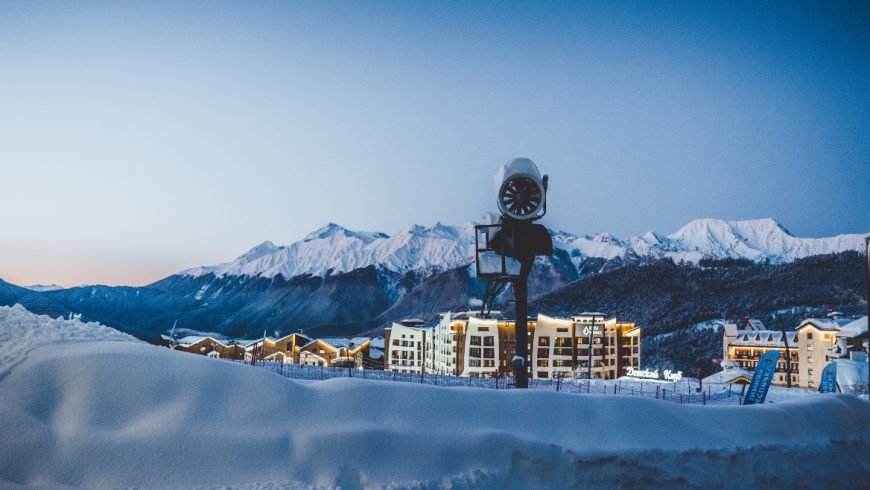
Addressing this topic, we cannot forget that Italy will be a protagonist in 2026 of the Winter Olympics. It is undisputed that events like this bring huge profits and that a need for further economic development can be met, however it is equally necessary that this development takes place in a sustainable key. There has been a lot of talk about “zero impact Olympics” and in this regard, the Legambiente site reports the main points addressed to the president of the autonomous province of Trento:
- The opportunity to promote a scientific debate on the theme of the future of winter sports, taking into account the effects of climate change and trying to find alternative and sustainable solutions;
- The opportunity to start planning alternative tourism to skiing for the next decades, focusing on sustainable experiences of well-being and contact with nature;
- The unsustainability of excessive use of artificial snow for the next few years, taking into account the expenditure of energy, water, and public money that this requires.
Summing up…
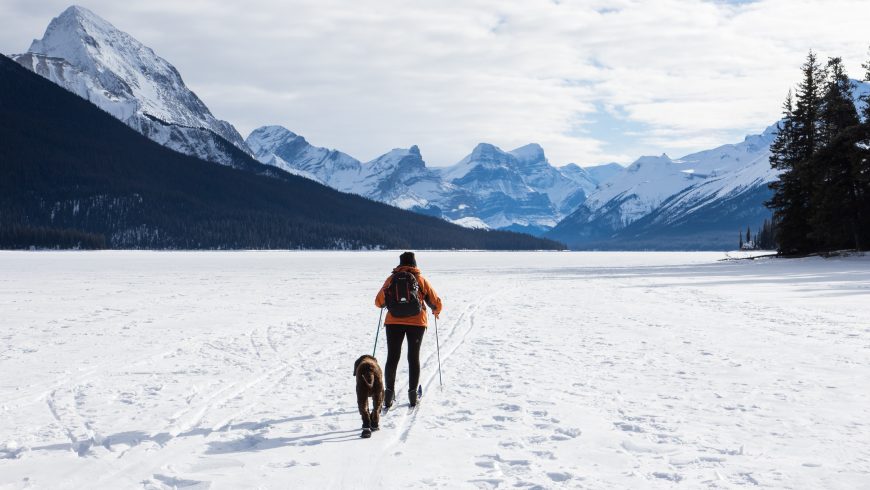
While it is true that the artificial alliance maintains the economic equilibrium of ski resorts and related industries, it is equally clear that it poses a great danger to the environment. The use of means for artificial snow is therefore not only expensive but also unsustainable for Alps, aggravating the damage caused by global warming.
In this perspective, it is not only a benefit that provides for artificial snow to be regulated, but it would be interesting and comforting that for the tourists present presented various initiatives related to the wonderful alpine ecosystem, which is not limited to ski slopes but which can offer emotions 360 degrees.
Author: Federico La Bruna
Cover image: Photo by Chris Biron on Unsplash
